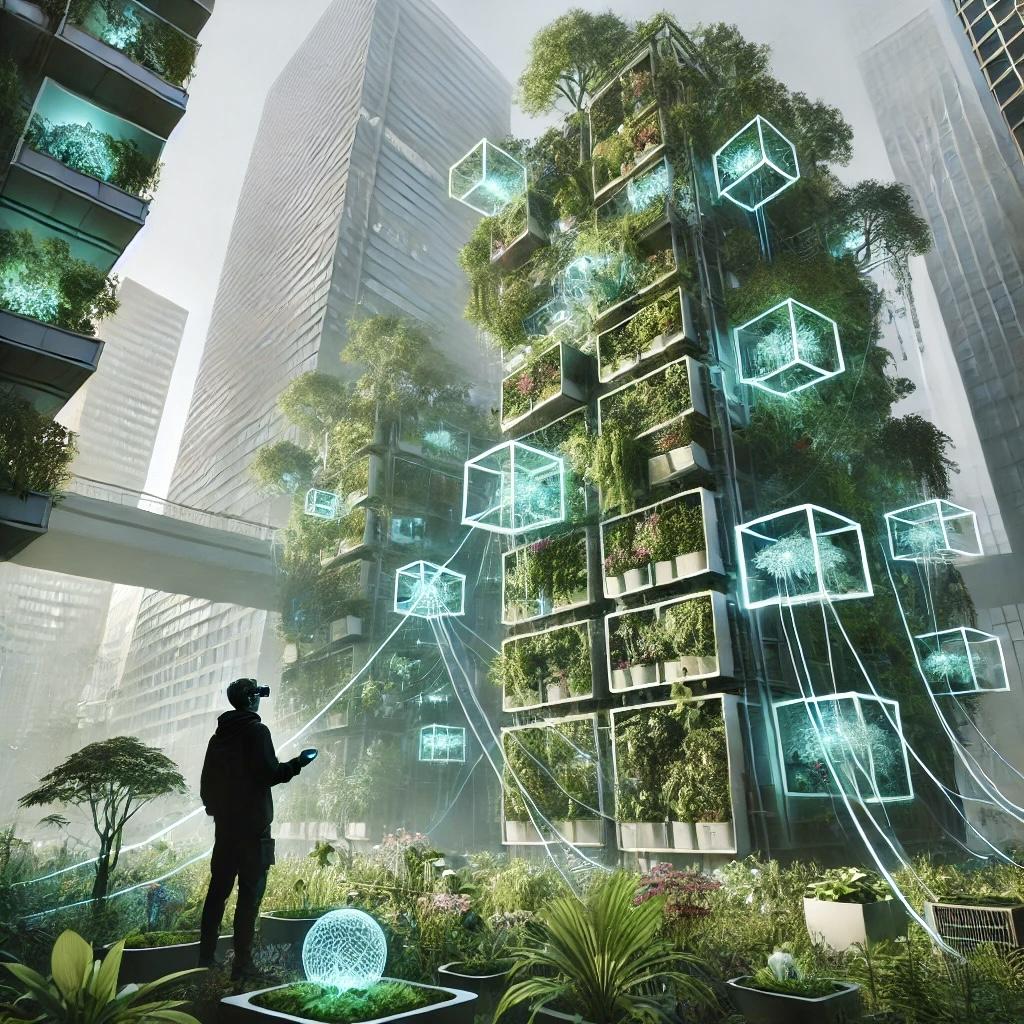
Literary works have an uncanny ability to inspire and shape our perception of the world. Thomas Pynchon's enigmatic novel, The Crying of Lot 49, is no exception. With its intricate web of conspiracy, hidden messages, and layers of meaning, the novel invites readers to delve into a world of mystery and speculation. In a curious parallel, the Austin-based cooperative, ReLeaf, intertwines its own narrative by alluding to Pynchon's work through its augmented reality layer called W.A.S.T.E. This article aims to explore the connection between The Crying of Lot 49 and ReLeaf's innovative vertical garden installations, shedding light on the hidden depths and symbolic resonance that lie beneath the surface.
Unraveling the Symbolism
In Pynchon's novel, the acronym W.A.S.T.E. stands for "We Await Silent Tristero's Empire," a clandestine organization that operates in the shadows, orchestrating a subversive counter-culture against mainstream society. This enigmatic presence mirrors the subtextual layers within ReLeaf's augmented reality layer, which invites users to discover hidden narratives within their vertical garden installations. Here, W.A.S.T.E. takes on a new meaning: "Waste Augmented Storytelling Technology Experience." Through this playful allusion, ReLeaf creates a bridge between literature and environmental consciousness, encouraging users to explore the hidden stories embedded within the waste they transform into living, breathing works of art.
The Symbolic Power of Vertical Gardens
In The Crying of Lot 49, Pynchon weaves a tale of underground postal systems and intricate conspiracies, hinting at the interconnectedness of hidden networks beneath the surface of our everyday lives. Similarly, ReLeaf's vertical gardens serve as tangible manifestations of this interconnectedness. By transforming waste into modular vertical gardens, ReLeaf brings to life the novel's themes of hidden systems and repurposing discarded elements. These vibrant installations, reaching skyward against urban backdrops, symbolize the potential for renewal and growth, just as the characters in Pynchon's novel seek meaning amidst the chaos.
Augmented Reality: Blurring the Lines
ReLeaf's use of augmented reality technology, referred to as W.A.S.T.E., adds a new layer of intrigue to their vertical gardens. Users are invited to explore the gardens with their smartphones, unveiling a hidden world of narratives and fictional extensions. This blurring of the lines between reality and fiction echoes Pynchon's metafictional approach in The Crying of Lot 49, where the boundaries between truth and imagination become increasingly blurry. ReLeaf's augmented reality layer creates an immersive experience, where users can participate in the creation of narratives and engage in the cooperative's circular economy vision.
Through the allusion to The Crying of Lot 49 and the incorporation of augmented reality, ReLeaf brings a touch of literary magic to the world of waste transformation and sustainable urban renewal. The connections between Pynchon's novel and ReLeaf's W.A.S.T.E. layer deepen the narrative resonance, highlighting the power of storytelling and the potential for creative solutions to environmental challenges. As users interact with the augmented reality layer, they become active participants in the cooperative's mission, weaving their own narratives into the fabric of the vertical gardens. In this merging of literature, technology, and sustainability, ReLeaf reminds us that hidden depths can be found in the most unexpected places, inspiring us to see waste as a resource and reshape our relationship with the environment.